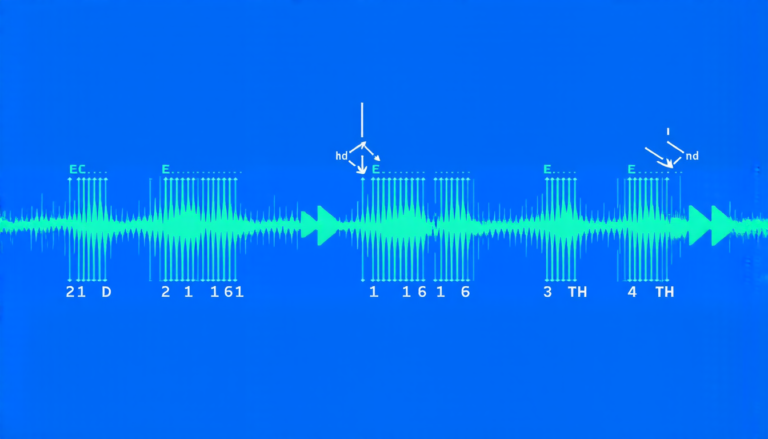Thursday 11 September 2025
A team of researchers has made a significant breakthrough in understanding how Multiple Sclerosis, a chronic and debilitating disease, progresses over time. By developing a new statistical model, they’ve been able to identify subtle patterns in brain scans that could help doctors better predict when patients will experience worsening symptoms.
Multiple Sclerosis is a complex condition that affects the central nervous system, causing symptoms such as numbness, vision problems, and fatigue. Despite advances in treatment, there’s still no cure, and the disease can have a significant impact on daily life.
The researchers used data from the largest clinical trial dataset for Multiple Sclerosis, which includes over 35,000 patients and up to 15 years of follow-up. They applied their new model, called Bayesian Causal Forests (BCF), to analyze the brain scans of these patients.
BCF is a type of machine learning algorithm that’s designed to handle complex data like medical imaging. It works by breaking down the data into smaller pieces and analyzing each piece separately, then combining the results to get a better understanding of the whole picture.
In this study, BCF was used to identify subtle patterns in brain scans that could indicate when patients were at risk of experiencing worsening symptoms. The algorithm looked for changes in brain structure and function over time, as well as differences between patients who did and didn’t experience symptom progression.
The results were impressive: the BCF model was able to accurately predict which patients would experience worsening symptoms up to 2 years before they actually occurred. This could potentially help doctors identify patients who need more intensive treatment or lifestyle changes earlier on.
The study also showed that the BCF model was better at predicting symptom progression than traditional methods, such as looking at patient demographics and medical history. This suggests that incorporating machine learning algorithms into clinical practice could lead to more accurate diagnoses and better treatment outcomes.
While this is just one step towards a cure for Multiple Sclerosis, it’s an important advance in understanding the disease. As researchers continue to develop new treatments and therapies, having a better understanding of how the disease progresses will be crucial for developing effective interventions.
The study’s findings also highlight the importance of data sharing and collaboration in medical research. By pooling together large datasets like this one, researchers can gain insights that might not have been possible otherwise.
In short, this breakthrough has the potential to improve patient outcomes and advance our understanding of Multiple Sclerosis.
Cite this article: “Unraveling the Progression of Multiple Sclerosis: A Breakthrough in Predictive Modeling”, The Science Archive, 2025.
Multiple Sclerosis, Machine Learning, Brain Scans, Bayesian Causal Forests, Statistical Model, Symptom Progression, Disease Progression, Medical Imaging, Clinical Trial, Data Sharing







